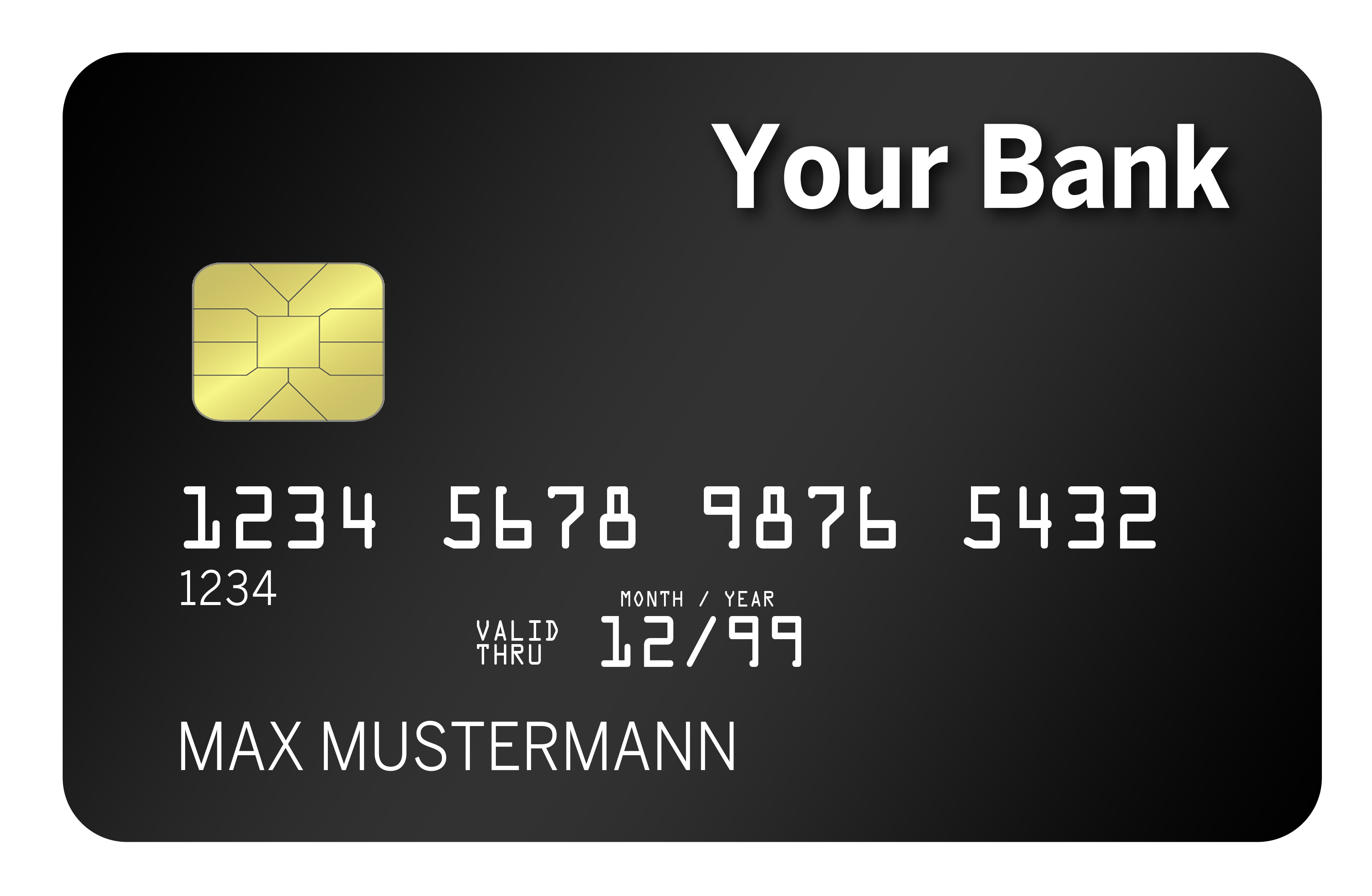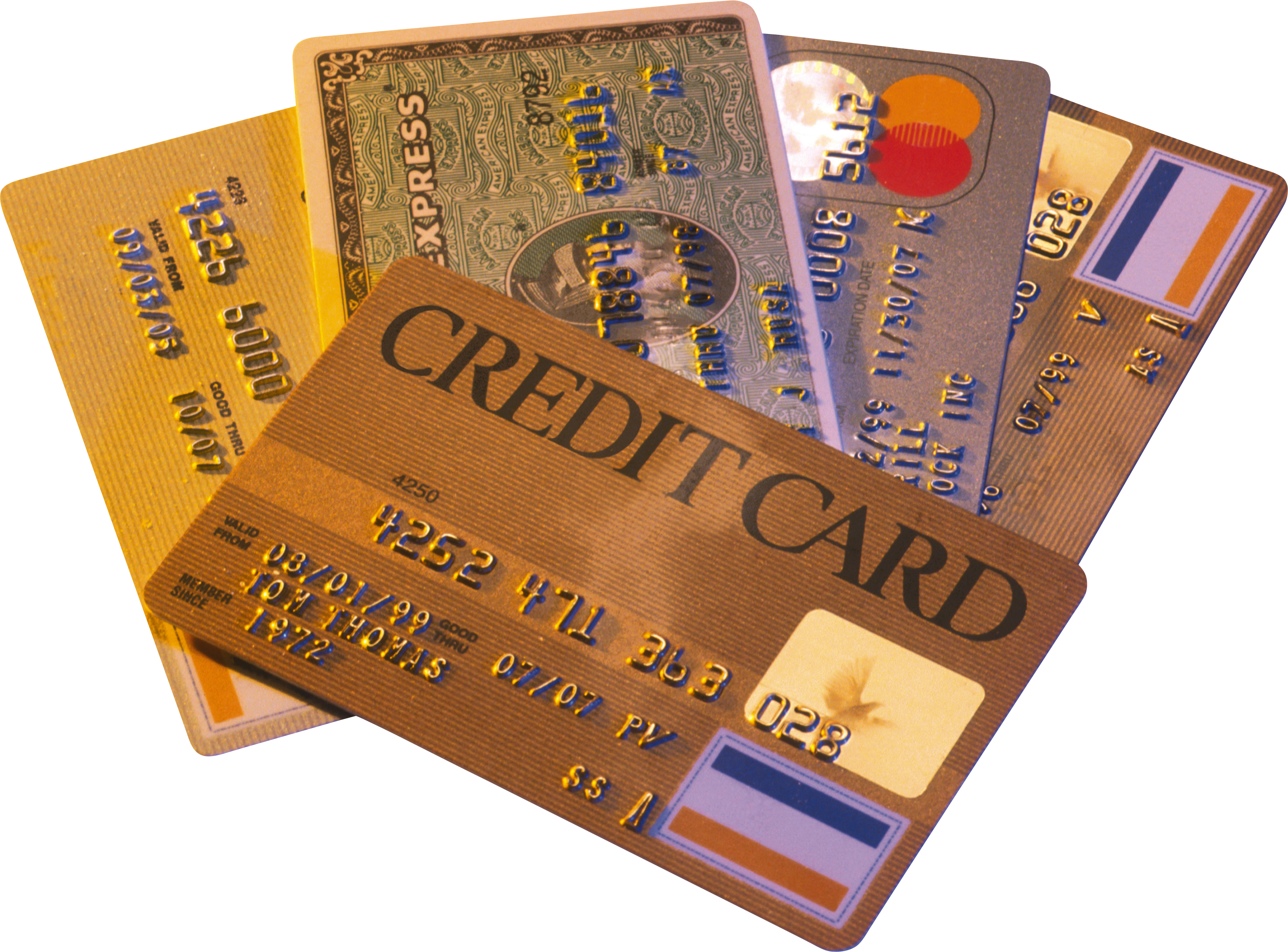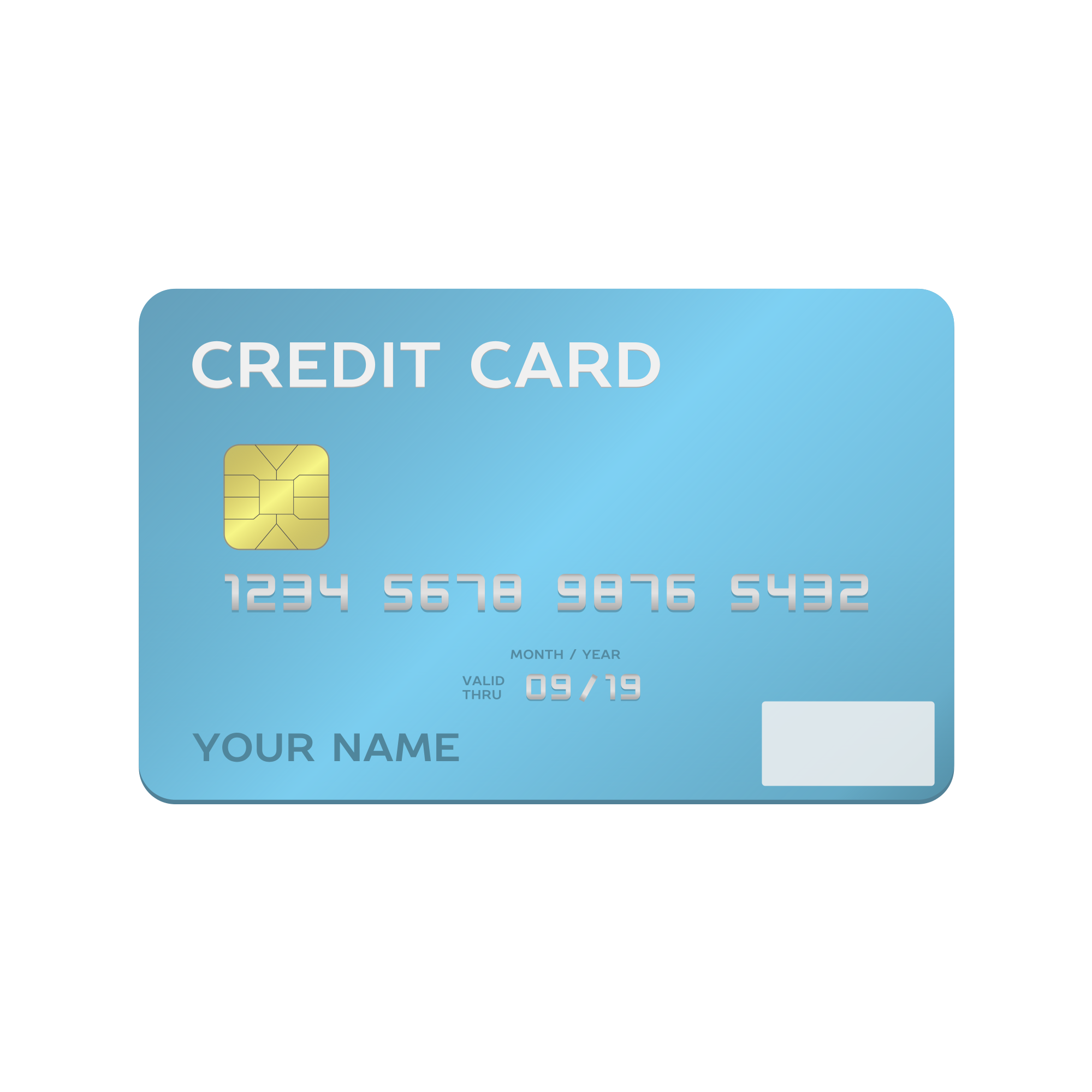Credit Card Png
Credit cards are one of the most common means of payment all over the world. They have become an essential part of our daily lives, making transacting so easy and hassle-free. But have you ever wondered about the evolution of credit cards, how they work, and which ones are the best to use? In this article, we will explore all these topics and more, so keep reading! Firstly, let's start with the basics. A credit card is a payment card that borrows money from a financial institution to pay for goods and services. The cardholder is responsible for paying back the borrowed amount with interest. Credit cards typically come with a credit limit, which is the maximum amount of credit a cardholder can use. Credit cards also have an annual fee and interest rate, which vary depending on the issuing bank. Now, let's talk about the history of credit cards. The first credit card was issued by the Diners Club in 1950. The card was made of cardboard and could only be used at selected restaurants. However, it paved the way for the modern credit card industry, which has grown to become one of the most lucrative businesses in the world. Since the inception of the first credit card, many financial institutions have joined the market, each with its own unique features and services. Some of the prominent players in the industry include Visa, MasterCard, American Express, and Discover. These companies offer a variety of credit cards to suit different needs, including cashback, rewards, travel, and low-interest cards. Each card comes with its own set of benefits and drawbacks, so it's important to choose one that fits your lifestyle and financial goals. When it comes to choosing a credit card, there are several factors to consider. The first is the credit score. Credit card companies use the credit score to determine the risk level of the applicant and the interest rate to charge. Applicants with high credit scores are more likely to be approved for a credit card with a lower interest rate, while those with low credit scores may be required to pay a higher interest rate as a form of risk mitigation. Another factor to consider when choosing a credit card is the credit limit. This is the maximum amount that the cardholder can spend using the card. The credit limit is determined by several factors, including the applicant's income, credit score, and payment history. It's important to choose a credit card with a credit limit that suits your spending habits and financial goals. Rewards and benefits are also an important consideration when choosing a credit card. These can include cashback, points, miles, or discounts at selected merchants. It's important to choose a credit card that offers rewards and benefits that match your lifestyle and spending habits. For example, if you travel frequently, a travel card that offers miles and travel benefits may be a better fit for you. Now that we've covered the basics of credit cards, let's look at how they work. When a credit card is used to make a purchase, the cardholder is essentially borrowing money from the issuing bank. The cardholder is required to pay back the borrowed amount with interest within a specific period, known as the billing cycle. The billing cycle typically ranges from 28 to 31 days and starts from the day the billing statement is generated. At the end of the billing cycle, the cardholder receives a billing statement, which details the transactions made using the credit card, the balance owed, and the minimum payment due. The cardholder can choose to pay the total balance or the minimum amount due. However, paying only the minimum amount due may result in high-interest charges and long-term debt. It's important to use credit cards responsibly and pay back the borrowed amount on time, as this can have a significant impact on the credit score. Late payments and missed payments can lower the credit score, making it harder to obtain credit in the future. In conclusion, credit cards have come a long way since the first cardboard credit card was issued in 1950. They have become a ubiquitous part of our daily lives, making transacting so easy and hassle-free. However, choosing the right credit card can be overwhelming, given the variety of options available. It's important to consider the credit score, credit limit, rewards, and benefits before choosing a credit card. Using credit cards responsibly and paying back the borrowed amount on time can help improve the credit score and pave the way for future financial success. 





www.pngmart.com - credit card logo major transparent pic pngmart

purepng.com - credit card transparent business purepng businessman public

purepng.com - purepng
www.pngall.com - credit card transparent format

pngimg.com -

www.pngimg.com - pngimg
Post a Comment for "Credit Card Png"